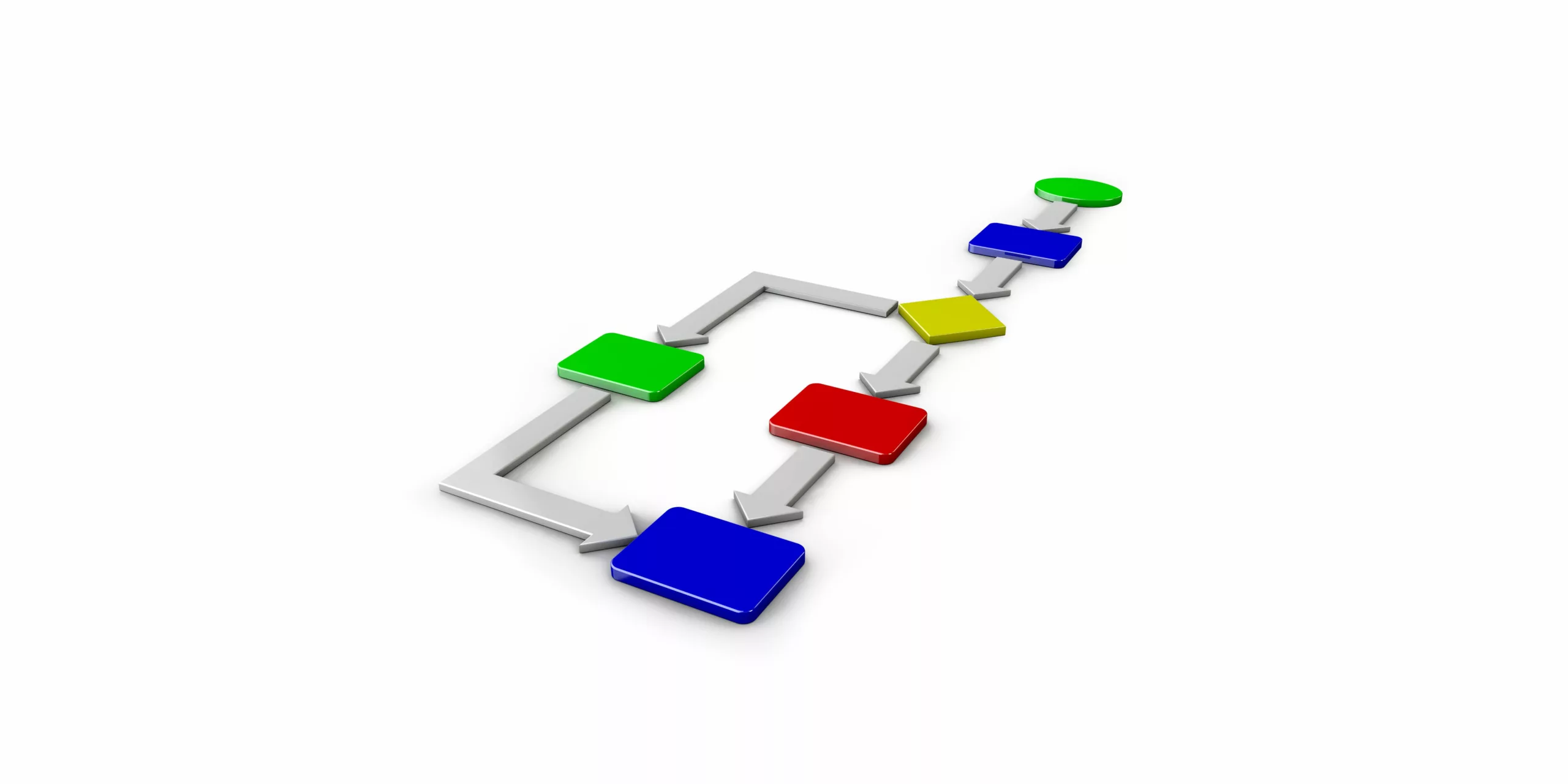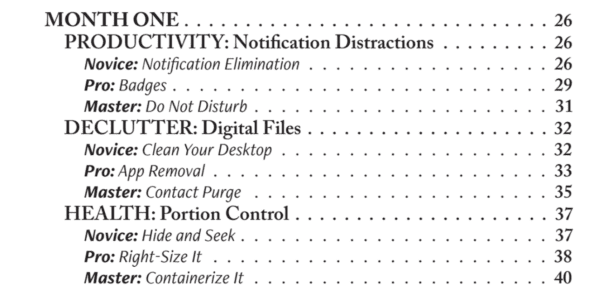No one wants to be the bottleneck, yet, how often do we celebrate those who admit they are?
Bottlenecks are setbacks or obstacles that slow or delay a process. To give you an analogy to explain it better:
In the same way that the neck of a physical bottle will limit how quickly water can pass through it, process bottlenecks can restrict the flow of information, materials, products, and key metrics like employee productivity.
How to Detect a Workflow Bottleneck?
If you see that your workflow is unpredictable and operates in bursts rather than a smooth flow, you have a bottleneck.
For most small business owners, the reality is something else, and the odds are stacked against us.
According to new research from The Alternative Board (TAB):
· 62% of small business owners said the stress of ownership is worse than they imagined.
· 89% of small business owners said they regularly check email after work hours.
· 70% (for various reasons) prefer to do everything themselves.
There's a training need for embracing and removing bottlenecks.
Lack of capacity and efficiency in the company contributes to the formation of bottlenecks. To avoid it, you need to carefully calculate the overall capacity (technical, human, time, etc.) that your company currently possesses and whether your team can handle any additional workload without slowing down the overall development process.
Analyzing the efficiency of the ongoing processes is another crucial action that should be taken regularly to eliminate the waste created by unnecessary steps.
Burnout levels must be monitored closely, or you risk losing some of the current capacity. Instead of improving your product and increasing your revenue, the company may end up with a new bottleneck and underperforming staff. Burnout cannot be measured precisely, but with constant attention to the team members, it can be made evident by the behavior changes among those affected.
Removing business bottlenecks through traditional methods is adequate but lacks a human element.
The key to resolving bottlenecks in business is the effective use of a concept known as the theory of constraints. Identify the most critical constraint blocking the successful completion of a goal (e.g., a process or workflow), and then either remove or use continuous improvement to optimize that constraint.
Directly addressing the most significant limiting factor will impact the flow of resources, data, information, labor, etc., helping you get closer to your goal as quickly, efficiently, and accurately as possible.
To eliminate bottlenecks, you must take the necessary measures to prevent them. Setting limits on the number of tasks each person can take at a given time is critical. They ensure that every team member keeps a steady pace and doesn't overwork themselves.
Although these are effective methods, the most significant limitation I felt with this theory is that it's as mechanical as it sounds and lacks a human element.
A new perspective towards bottlenecks is celebrating and removing them while keeping the human element.
In 2020 I went through the Run Like Clockwork program, and we looked for bottlenecks in our company. I became fixated on finding them, whether a system, a person, or a process.
On Fridays, we had our Weekly Stand-Up, where we stated our Lessons Earned, Big Wins, recognition for someone who went above and beyond, and our priorities for the next week. Each person completed this in our project management system, ClickUp*. It was an assigned task every Friday, so no one forgot it. On Mondays, we all had a recurring task to review everyone else's entries. The first question on that list is “Bottleneck or Challenge.”
I wanted people to find bottlenecks, and we celebrated when they did!
If we don't name it, it can't be fixed. We practiced blameless problem-solving to determine how to remove the bottleneck. When someone said I was the bottleneck, I verbally high-fived them and thanked them for pointing it out. Instead of bottleneck being a dirty word or fears of repercussion, it was a celebration, especially when they called out themselves or me.
Let’s make it an ongoing process and change our mindset toward bottlenecks!
We removed so many jams in 2021 that the question is rarely answered now unless we've changed a process or team member. It helped tremendously when we had a shift in personnel and cut our staff by half. We could do this because of our written processes and ability to think upstream and remove barriers.
The next time you meet with your team, challenge them to find a bottleneck and report to you with a solution. Give bonus points if they call YOU out as the bottleneck. Do what Adam Grant recommends and have a brainwriting session. People are more likely to resort to the status quo or what a person in the hierarchy suggests in a typical brainstorming session. Instead, have people write their ideas, submit them, and then talk about them. You'll end up with more creative solutions. You can even make them anonymous so that if they are far out or ‘crazy,' the person won't be embarrassed. Still, those are often the ones that will solve your challenge.
Since then, I have transformed my mindset around the word and now embrace the bottlenecks. Make bottleneck a fun word. Give a bottle of wine (or, in my case, root beer kombucha) to the person who finds the most bottlenecks and solves them each quarter.
Now, I see it as an opportunity rather than an embarrassment or a means to reprimand someone.
How do you plan on embracing and reducing the bottlenecks in your company?
If you want to learn how to work with your team to embrace and reduce bottlenecks, reach out for a Discovery Call.
Post written by Marcey Rader and Rijul Arora.
Note: * are affiliate links, meaning that we'll earn a commission if you choose to purchase. This commission comes at no additional cost to you. We use these ourselves and recommend them regardless, but if we can earn a small commission, why not?


